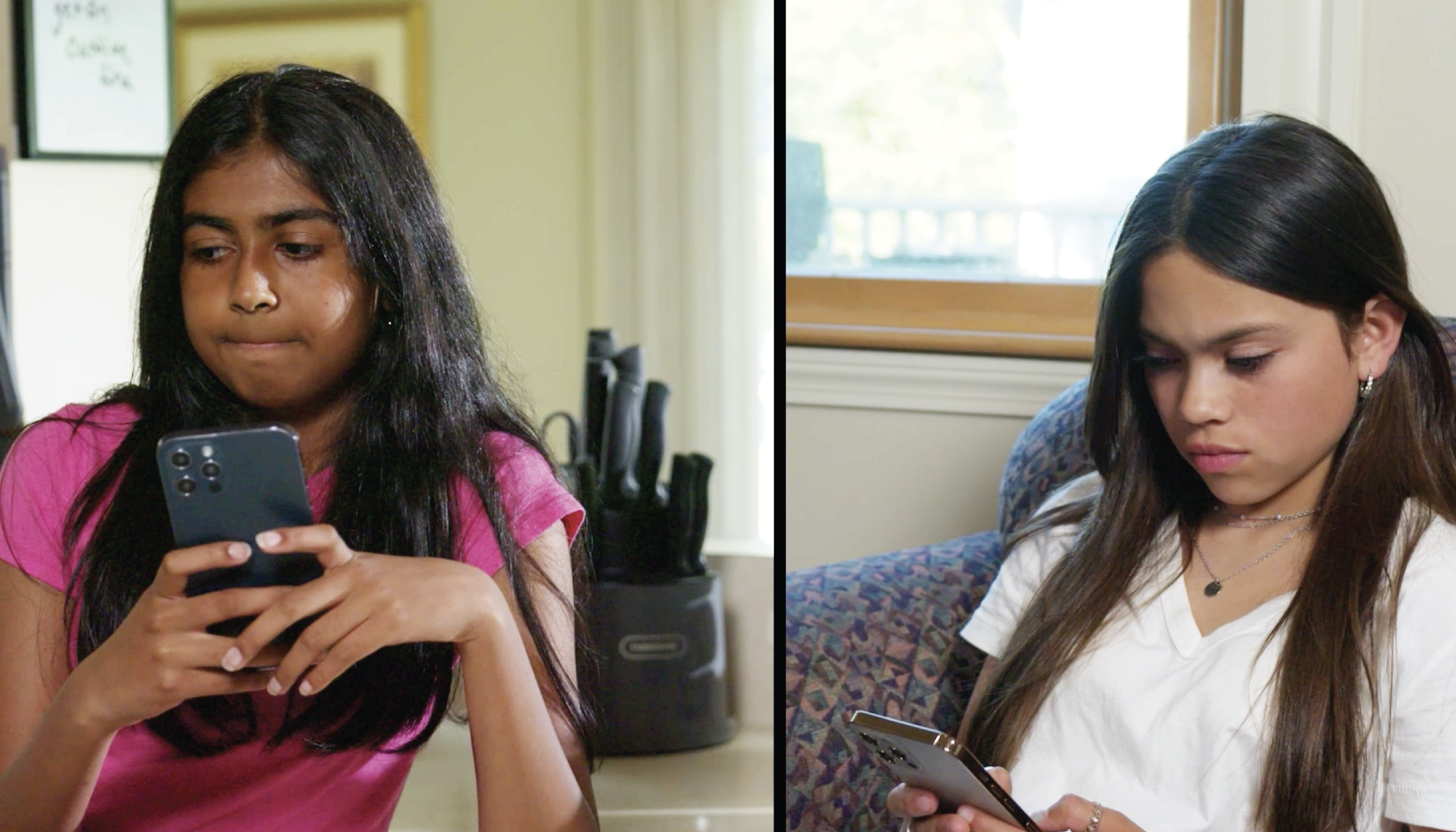
In today’s world, effective communication skills are vital for success in various aspects of life. For middle school students with special needs, developing these skills is crucial for fostering social interactions, academic growth, and overall wellbeing. This blog post will focus on IEP goals to enhance communication skills, specifically addressing miscommunications in text-based interactions.
Understanding Miscommunication Over Text
Miscommunication over text occurs when a person’s message is interpreted differently than intended. This often happens due to the absence of contextual clues like body language, facial expressions, and tone of voice. Miscommunications can lead to confusion, misunderstandings, and even conflicts among students. Developing strategies to avoid such miscommunications is essential for promoting healthy relationships and effective communication in middle school students.
The Role of Specialists
Various specialists can support the development of effective communication skills in students, including:
- Speech-Language Pathologists: They can help students improve their language and communication skills, including understanding and interpreting text messages.
- Social Workers: They can teach students social skills and strategies to navigate misunderstandings and conflicts arising from miscommunications.
- Psychologists: They can support students in managing emotions and reactions related to miscommunications, promoting healthy communication habits.
- School Counselors: They can provide guidance and resources for students to develop effective communication strategies and foster positive relationships.
IEP Goals for Miscommunication Over Text
Below are some SMART IEP goals for addressing miscommunication over text in middle school students:
-
Goal: Improve the student’s ability to interpret text messages accurately by considering context and the sender’s perspective.
- Strategies and Activities: Role-playing exercises, analyzing sample text messages, and discussing potential interpretations.
-
Goal: Enhance the student’s ability to compose clear and concise text messages to minimize miscommunication.
- Strategies and Activities: Practicing writing clear messages, using emojis to convey emotions, and proofreading before sending texts.
-
Goal: Develop the student’s ability to resolve miscommunications over text by seeking clarification and engaging in open communication.
- Strategies and Activities: Teaching active listening skills, practicing asking clarifying questions, and encouraging open discussions.
Implementing and Measuring Progress
To implement these IEP goals effectively, educators should collaborate with specialists and provide ongoing support to students. Progress can be measured through regular assessments, observations, and feedback from students, teachers, and parents. Consistent monitoring and adjustments to the IEP goals will ensure students’ continued growth in their communication skills.
Conclusion
Effective communication is vital for middle school students’ success, and addressing miscommunications over text is an essential aspect of this skillset. By implementing these IEP goals and collaborating with specialists, educators can help students develop the necessary skills to navigate the digital world effectively. We encourage you to explore more resources and sample materials at Everyday Speech Sample Materials to support your students’ growth.





